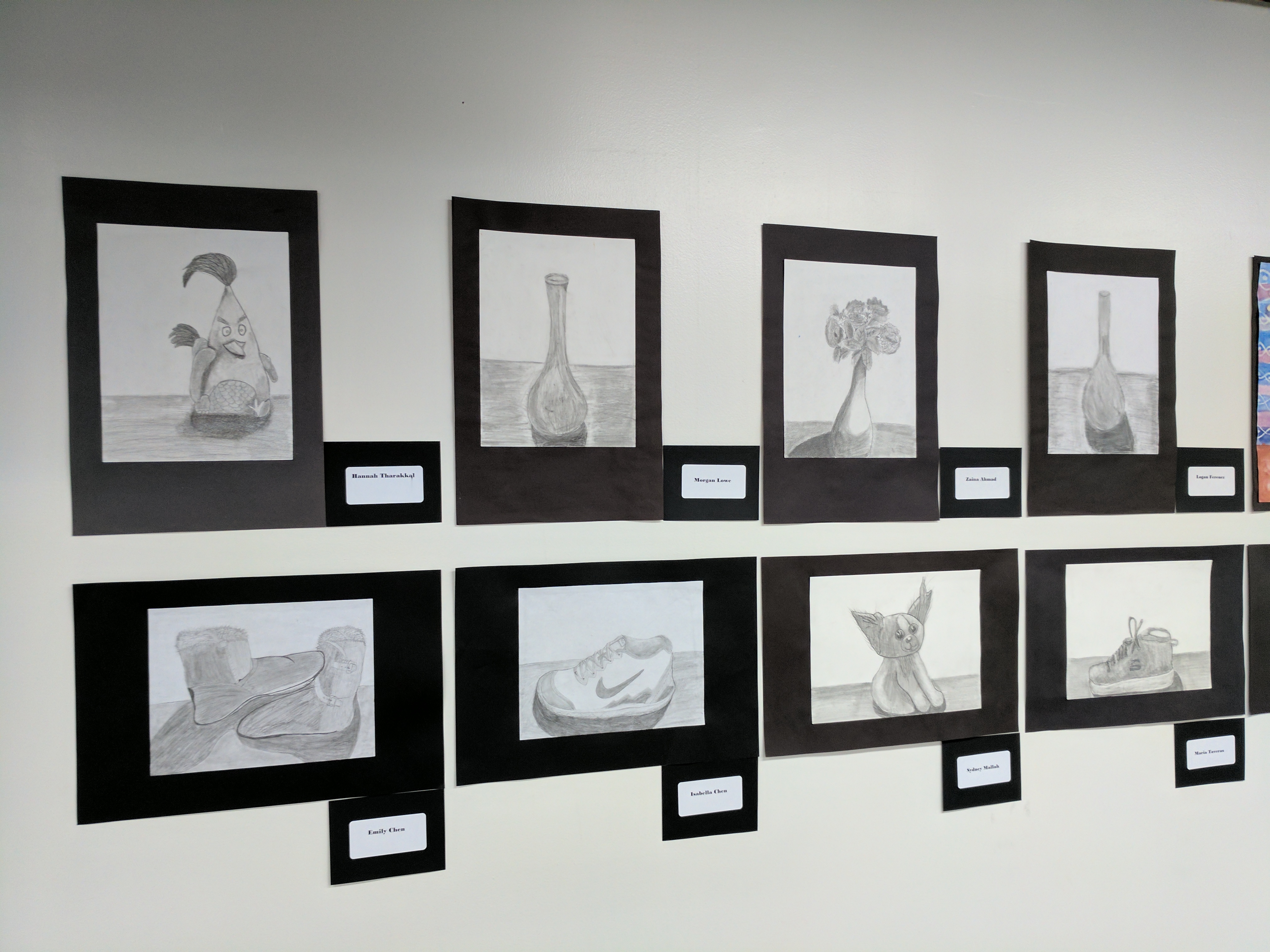

work, Belarde-Lewis developed the concept of Indigenous Knowledge Visualization, a way to study how objects reflect the ecological, spiritual, political, and genealogical connections of one particular Native community and how that layered knowledge passes from generation to generation. “What I’ve been doing the last four years is collecting data as I work with artists and museums. “As a researcher, you go through waves where you intensely collect data, then do the writing, based on data analysis, process, and outcomes,” she says. The iSchool faculty job will be a big switch for the museum professional, who has enjoyed a schedule that allows both immersion in the art world and treasured time at home on Suquamish tribal lands with her husband and 10-year-old son. I realized everything could be discussed through an information lens,” says Belarde-Lewis, who, during her studies at the iSchool, helped found the Indigenous Information Research Group, a group fighting for social justice for Native populations. “When Cheryl explained the interdisciplinary nature of the iSchool, that made a lot of sense to me. graduates in library and information science in the country. She was first recruited to the school by iSchool Associate Professor Emerita Cheryl Metoyer, an Eastern Band Cherokee and one of the first Native American Ph.D. She’ll be hanging up her curatorial hat – during the school year, at least – to concentrate on her teaching and research at the iSchool. And she is an artist herself, working in pen-and-ink and flat beadwork, finely patterned. She is currently guest curating an exhibit called “Raven and the Box of Daylight” opening at Tacoma’s Museum of Glass in 2018 it features the work of renowned Tlingit glass artist Preston Singletary.īelarde-Lewis also contracts with the Suquamish Museum on the Port Madison Indian Reservation, helping with development and curating the public programming of the museum. at the iSchool, she became a highly regarded freelance curator at such prestigious institutions as the Frye Art Museum in Seattle and the Bill Reid Gallery in Vancouver, B.C. in cultural anthropology at the University of Arizona, a master’s degree from the UW’s Museology Graduate Program, and another master’s and Ph.D. “Our vision is that researchers around the world will follow our example by honoring and exploring indigenous forms of information creation, collection, representation, and sharing.”īelarde-Lewis grew up in New Mexico’s Zuni Pueblo surrounded by legacy jewelry makers, potters, painters, fetish carvers, and weavers. “We aim to establish the indigenous knowledge field as a core domain of study at the school,” says Dean Harry Bruce. The positions reflect a strategic plan to expand the field of indigenous knowledge at the iSchool, one of the first information schools to bring Native American faculty onboard.


“These are the only two positions like this in any information school in the world,” says Belarde-Lewis. She shares the title with iSchool colleague Clarita Lefthand-Begay, a citizen of the Navajo Nation. “That is the longest title ever,” she says. It’s more than information,” says the new faculty member, who is a member of both the Corn Clan in Zuni Pueblo and the Takdeintaan Clan of the Tlingit Nation.īelarde-Lewis’s new title at the iSchool is Assistant Professor of Native American Indigenous Knowledge. “Native American communities don’t really talk about information. at the iSchool in 2013 and brings to her job challenging new ideas, including perceptions of the term “information.” It is not just art,” says Belarde-Lewis, who earned her Ph.D.

That goes for textiles, jewelry, everything we create as a Native community. “There is so much knowledge encoded in each basket. The rituals involved in different stages of production. The knowledge of how to construct something that holds water or clams. The history behind each design and what it represents. The chemistry of which dyes to use and how to make them. There is the knowledge of what plants to gather for weaving, at what time of year, and how to prepare them. What many don’t see are the layers of knowledge it contains, says new iSchool faculty member Miranda Belarde-Lewis. Museumgoers look at a Native American basket and see a beautiful object.


 0 kommentar(er)
0 kommentar(er)
